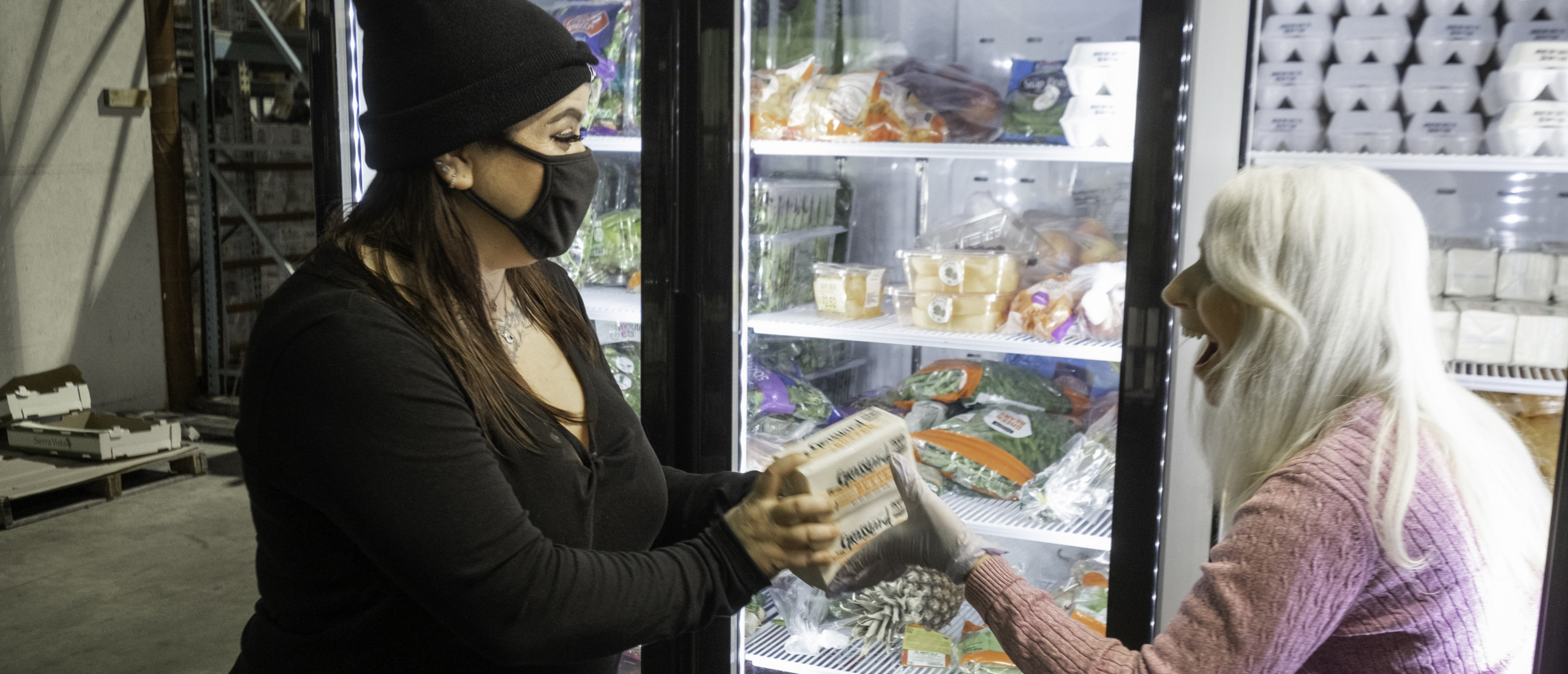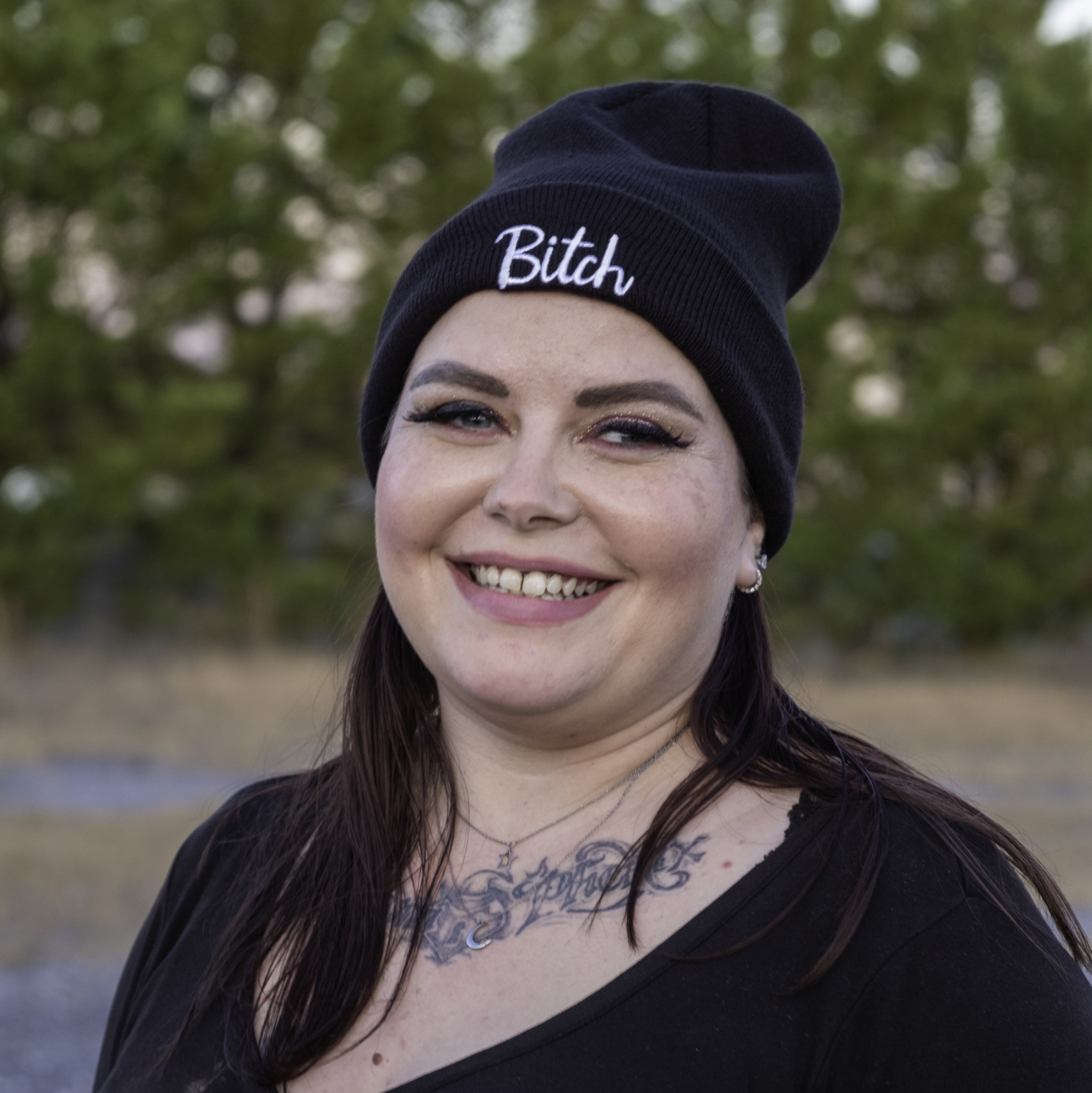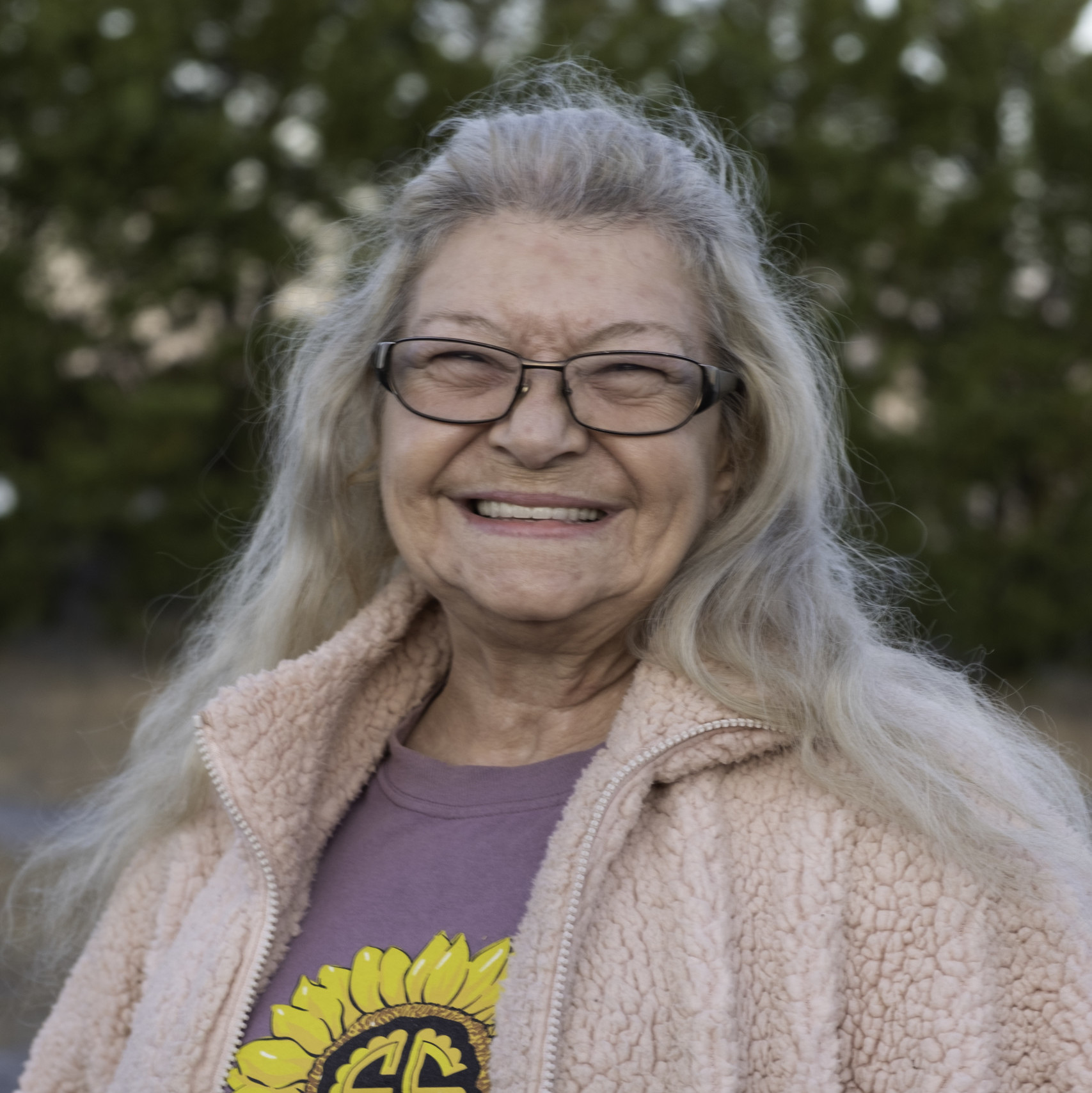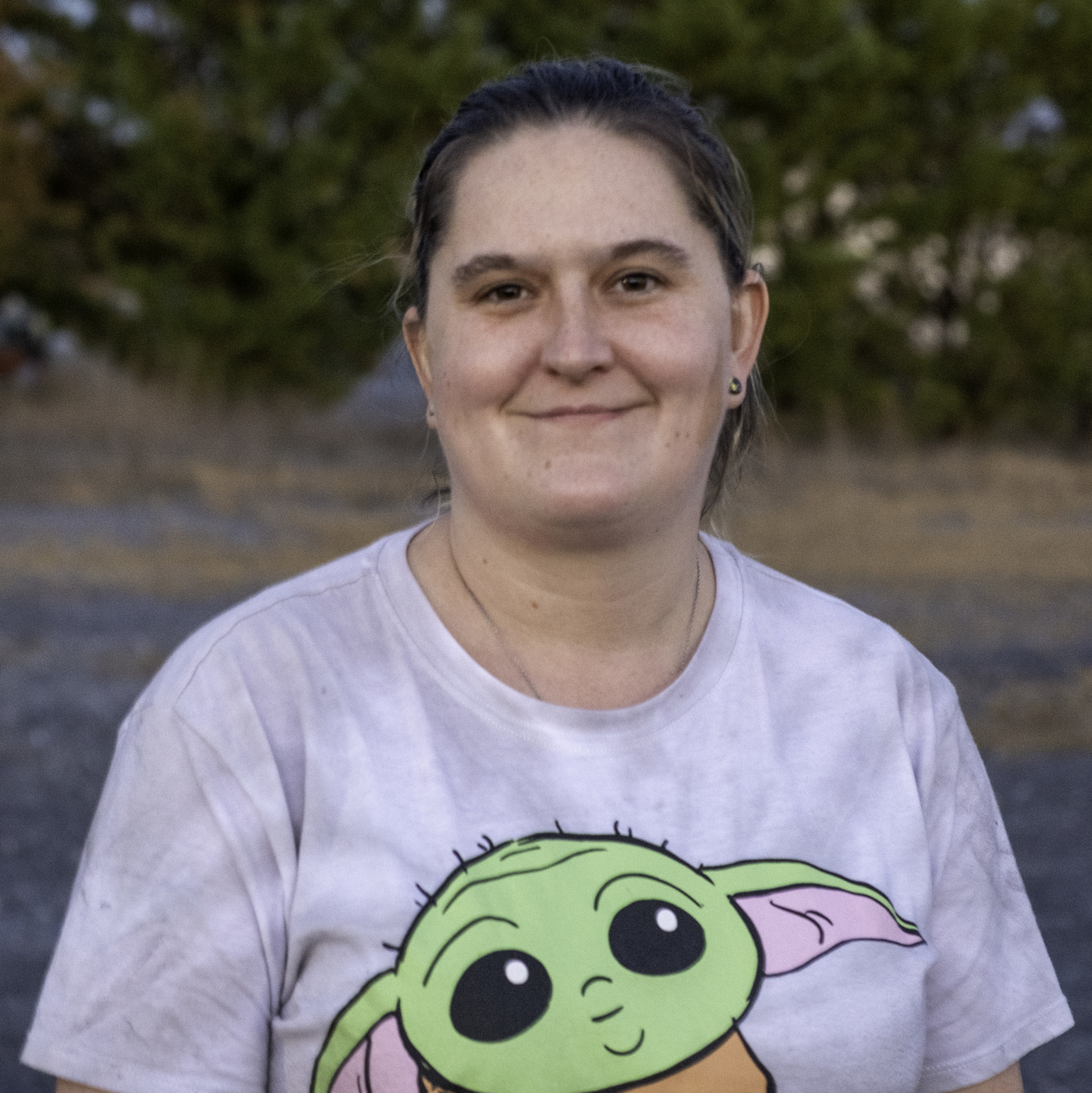Women are strong, compassionate, and resilient. Yet, despite decades of progress in gender equality, women disproportionately experience hunger and poverty compared to American men. As we emerge from the worst of the pandemic crisis, an elevated need for food assistance is being fueled by an uneven economic recovery, especially for women and low-skilled workers, and by inflation.
Hunger may be closer than you think.
The cashier ringing up your groceries at your local supermarket, the hospital attendant who cares for you when you’re sick, or the friendly attendant at your gas station may be experiencing food insecurity.
We recently met several amazing women at the Verona Community Food Pantry, and three shared their stories of adversity and perseverance.
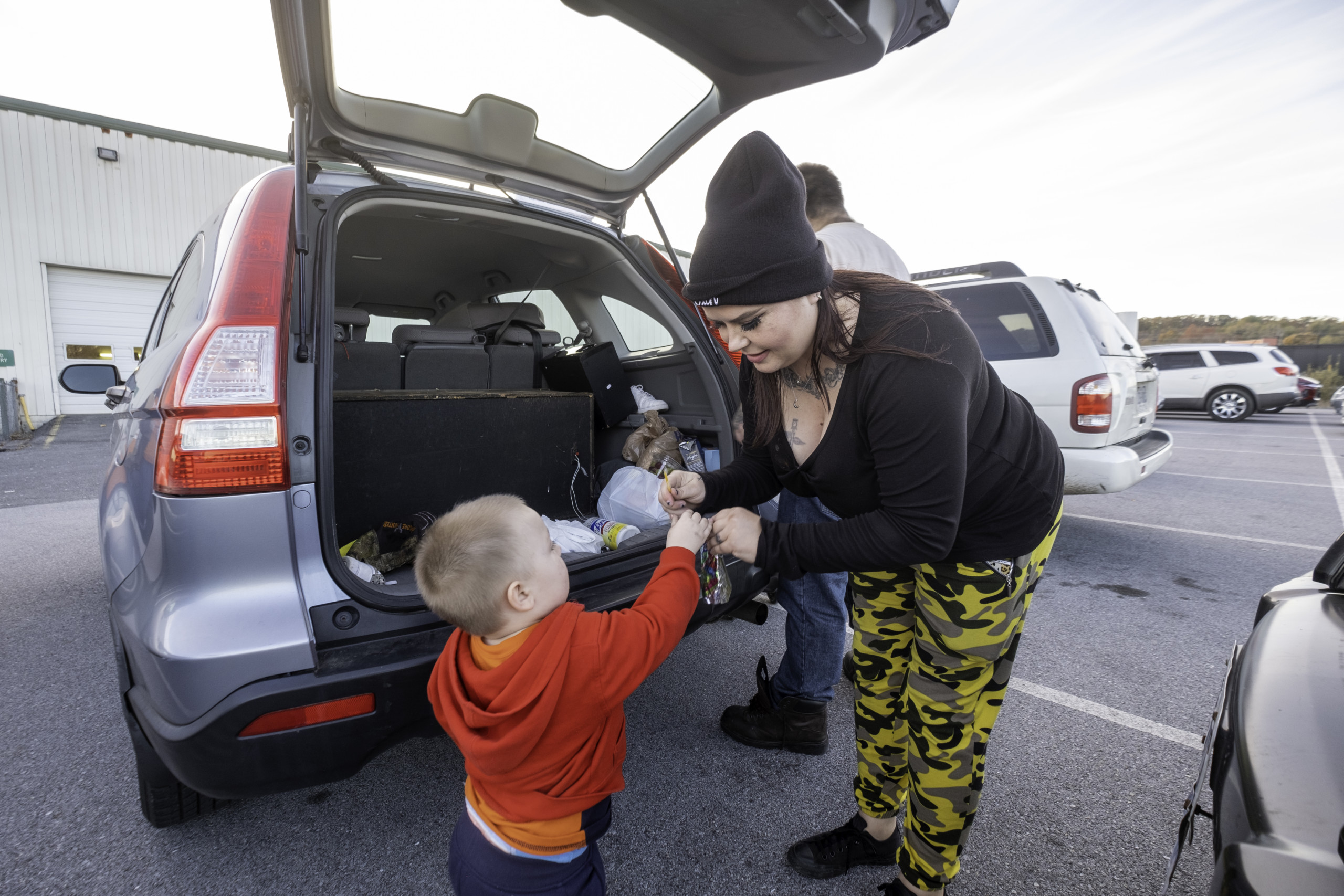
“We only come every once in a while, when we really need it.”
Meet Erika
Erika is a mother of three who worked in construction. Like so many moms, she has stepped out of the workforce to care for her youngest son, Jaxson, age 2. Her husband, Charles, works in a forge. During the pandemic, when work was scarce and risk was high, Erika and Charles would take turns working and watching the kids to keep them safe and fed.
“Last year was difficult because it was hard to get any work,” Erika said. “It’s been hard, but we get through it.”
The past year was incredibly difficult for Erika and her family due to the passing of her beloved mother and uncle. COVID-19 has also remained a top concern for the couple, and they take many precautions to protect their children.
Although Charles is working now, money is still tight due to the rising cost of groceries and gas. They visit the pantry occasionally when they feel they really need it.
“When we’re limited, with three kids who constantly eat, [visiting the pantry] really is helpful,” Erika said.
Meet Laura
Laura, age 66, retired in March 2021 after a long career as a factory machine operator. She cares for her daughter, Angela, who is disabled. They receive Social Security and disability assistance, but it’s still hard to get by, especially since her income is reduced.
“We need more food in the house; we’ve been hungry,” Laura said. “It’s hard when you come out here and your stomach is growling and you think, ‘I need to eat.’”
Angela’s phone was hacked twice in the past year and money was stolen from their bank account, so they are on a payment plan to make back payments on rent. “It’s really hard to try to catch up. It’s a struggle,” Laura said.
Laura wishes she could still work, but with 12-hour shifts and lots of overtime, her body just couldn’t handle it. “I can’t keep up anymore. They push you so hard and want more and more. I can’t do it.”
What keeps her going?
“I have a lot of love in my heart,” Laura said. “I have faith in the world.”
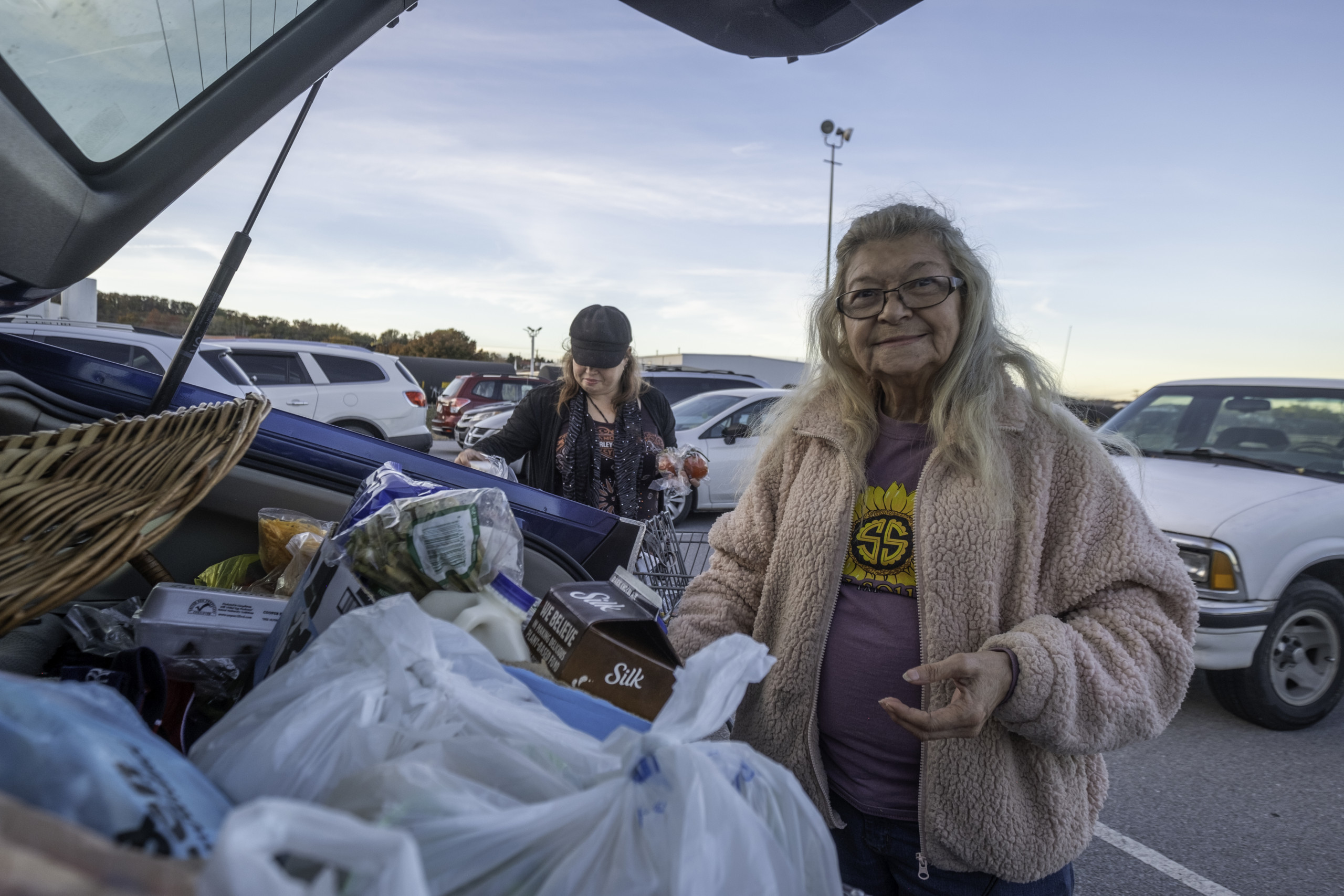
“Things were OK but then I lost my job in March and I retired. I’m 66 so I’m on Social Security. My daughter’s disabled, she’s on disability.”
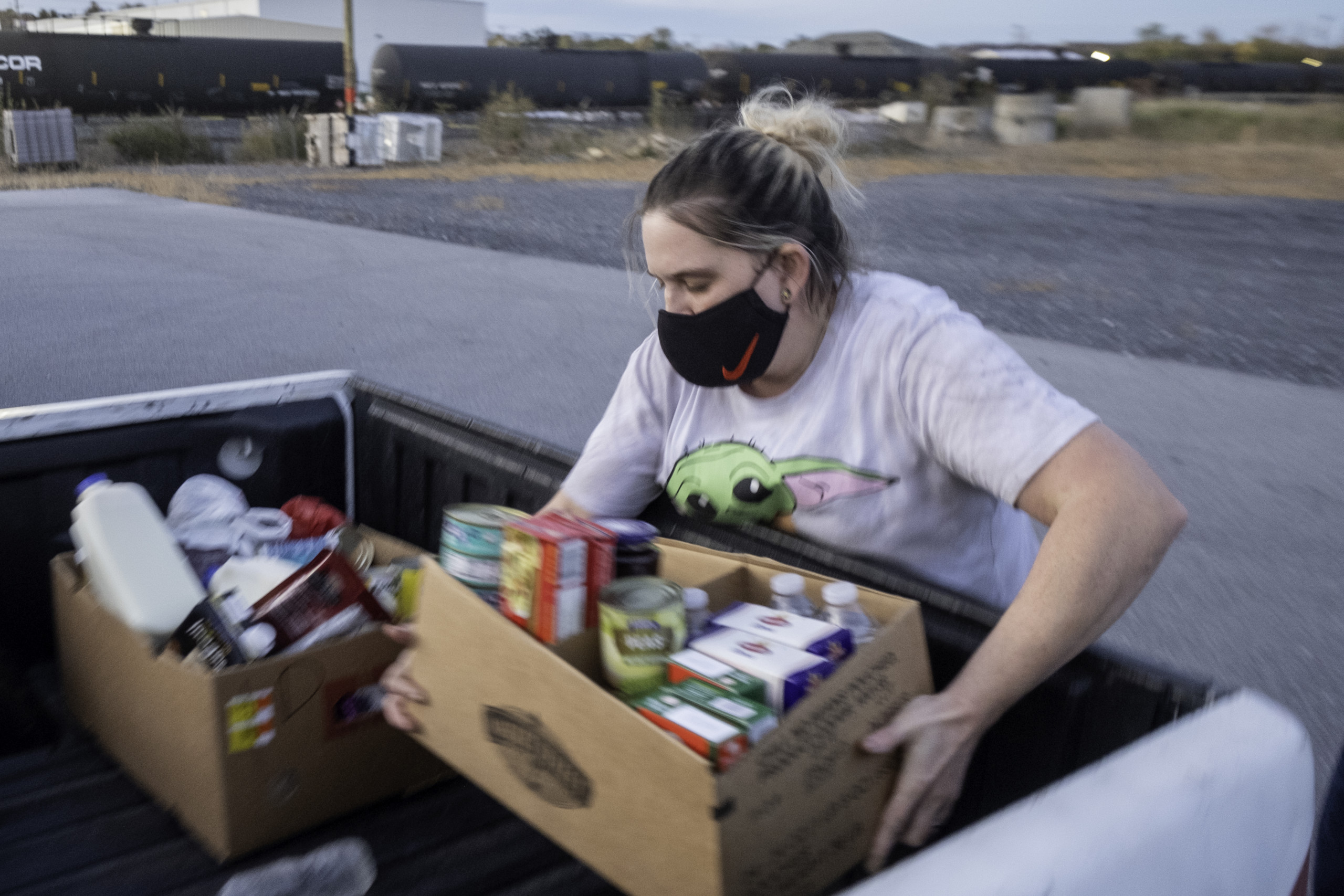
“I wish that there was more assistance for people who are working, instead of saying, you know, you make too much.”
Meet Amanda
Amanda is a mother of three and grandmother to one grandchild. After experiencing a period of job-loss during the pandemic, she recently started a better-paying job. But with the rising cost of living and two elderly parents to care for, it has been hard to make ends meet.
“Both of my parents are disabled and I’m their caregiver,” Amanda said. “They have a fixed income and I see how bad they struggle, and they don’t even qualify for SNAP benefits or anything. They say that they make too much. How do they make too much when they barely have enough to get by?”
Times are tough right now for Amanda and her family. The climbing cost of everyday necessities like utilities, groceries, and gas makes it hard to pay bills.
“If you work every day like you should, and you’re doing everything that you should do, then why are you not where you’re supposed to be?”
A clear picture of food insecurity among women
Examples of strong women like these—who are working hard but are unable to feed their families without help—are not at all unusual.
According to the USDA 2020 Food Security Report:
- Rates of food insecurity were higher than the national average (10.5%) in households headed by a single woman (27.7%)
- Very low food security was higher than the national average (3.9 %) in households with children headed by a single woman (8.2%)
- Very low food security was higher than the national average (3.9 %) in households with women living alone (5.1%).
Food insecurity rates increase for Black, Hispanic, and Non-Hispanic women of color. This stems from barriers women face, like income inequality, access to education and health care, and discrimination at home and in the workplace. Women of color, including LGBTQ women, face the intersecting burdens of racism, sexism, and discrimination based on sexual orientation or gender identity.
Visit our Advocacy page to learn how you can step up in the fight against hunger today!

